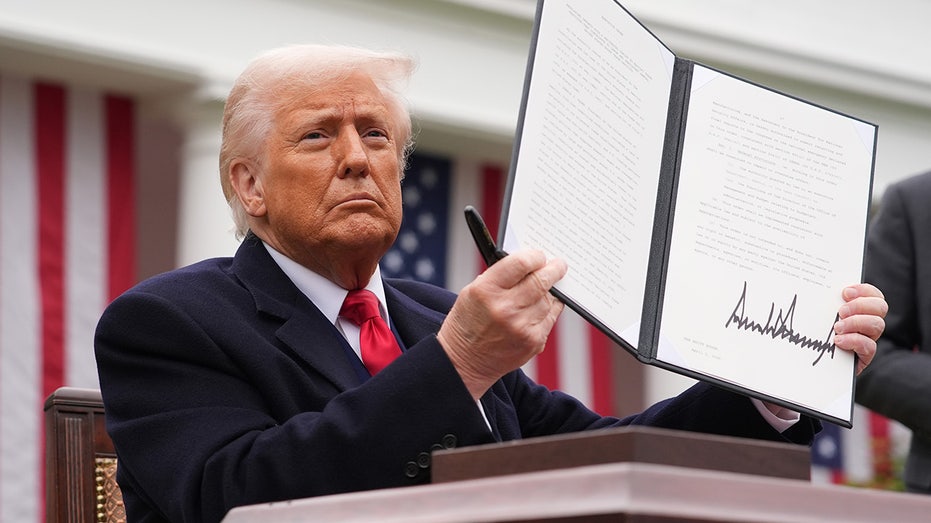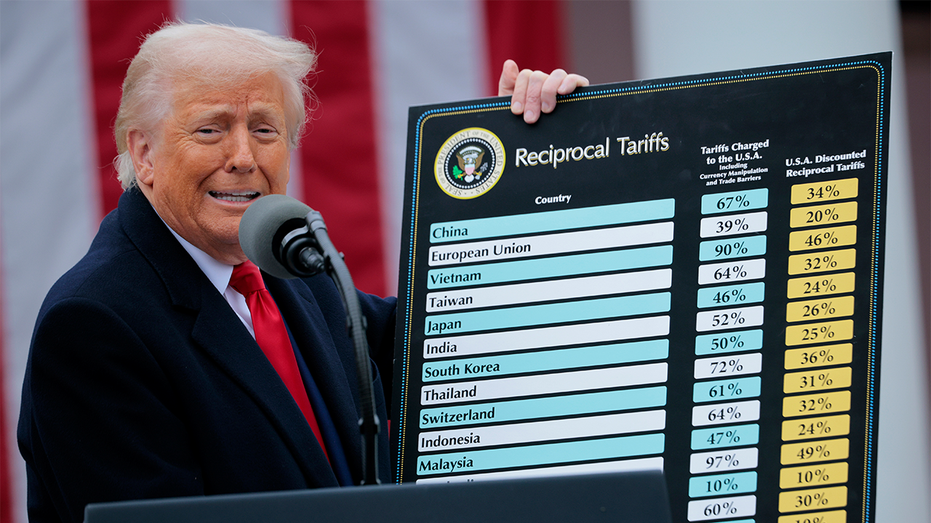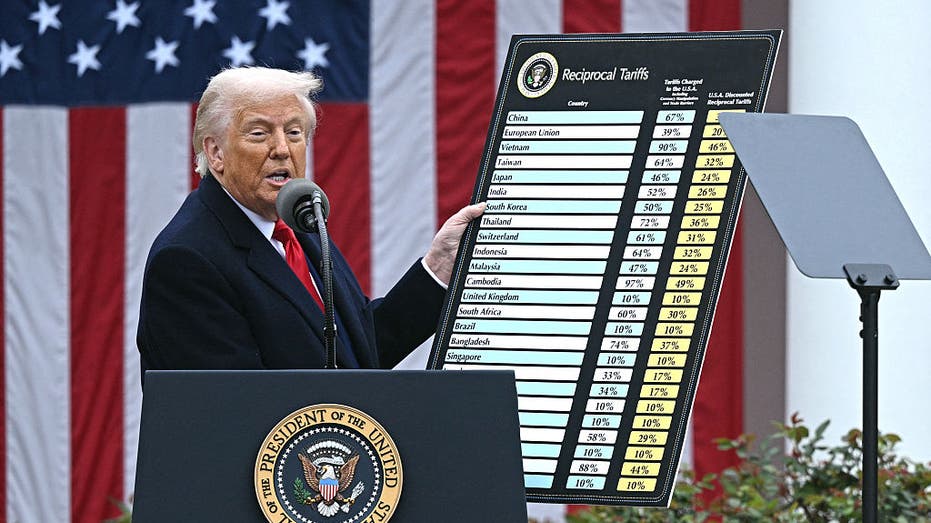The White House in a statement on Friday said March’s job report shows the private sector is “roaring back” under President Donald Trump, “smashing expectations” for the administration’s third month in office.
The administration announced the U.S. added 228,000 jobs in March — nearly 100,000 more jobs than economists predicted and the fourth-highest month for private payroll growth in the past two years.
March’s increase is roughly twice the pace of the previous two months, according to the White House.
WHAT IS THE TIME FRAME FOR TRUMP’S TARIFFS LEADING TO PRICE INCREASES?
“I think the 228,000 added jobs this month sort of caught everyone a little bit by surprise,” Kira Caban, head of strategic communications for Instawork, said in an interview with Fox Business. “But when you look at the different industries, specifically transportation and warehousing, with an uptick of 23,000 new jobs, I think that is the one that is most anticipated. We know that warehouses and ports across the country are trying to get ahead of the tariffs dropping.”
Instawork’s latest labor market report found warehouse and logistics pay jumped 2 percent in March, as businesses accelerated hiring to stockpile inventory in anticipation of new tariffs.
Additional jobs included 23,700 jobs in retail trade, 22,900 jobs in transportation and warehousing, and 13,000 jobs in construction, according to the White House.

Caban said businesses are trying to plan ahead from a cost-efficiency standpoint.
“When you have an uptick in supply like that, you’re going to need workers and staff and employees to move that product, either to retailers or to the consumer at the end of the day,” she said. “We are seeing similar upticks in demand from both a worker’s standpoint, but also from a pay perspective.”
WHAT TO KNOW ABOUT PRESIDENT DONALD TRUMP’S ‘LIBERATION DAY’ TARIFFS
Private employment grew by 209,000 jobs, well above the pre-election 12-month average of 124,000 jobs.
The number of full-time workers increased by 459,000 over last month, while labor force participation grew by 232,000 as more Americans seek jobs.

One of the industries Caban noted was the uptick of 43,000 hospitality jobs over the past month.
“I think that’s interesting, because what we’re seeing is more conservative consumer spending,” she said. “From an in-store data perspective, we’re seeing signs that pay rates in those industries are either remaining flat or they’re dipping a little bit, which to us, signifies that they’re planning for less traffic in their restaurants or in their dining facilities.”
TRUMP’S TARIFFS: WHO’S PAYING AND CHARGING WHAT
Given the indication consumer spending is beginning to pull back, she said it was interesting there was a large uptick in jobs in that industry.
“It could be that people are starting to get out now, knowing that they may want to pull back on spending over the next couple of months, until they know how the increased cost of goods is going to affect their monthly budgets,” Caban said.

While the Instawork report found most hourly workers are capped at about 30 hours per week, with overtime remaining hard to find, nominal hourly wages rose by nearly 4 percent over the past year, according to the White House.
The administration said the report highlights a resilient labor market as companies aggressively onshore jobs amid Trump’s trade and economic agenda.
Under former President Joe Biden, government and government-adjacent employment accounted for nearly three-fourths of new employment. Under President Trump, that number dropped to just 42 percent in March.
While Instawork does not have data on federal employment, Caban noted there has been an uptick in people with federal experience joining the platform.
“Whether that correlates with what you’re seeing in the jobs report or with the layoffs that are happening across the federal government, I think it’s going to be a little bit more time until we see what the actual trends are,” she said. “We do see usage across our platform, within the federal workspace, but it’s hard to know what is driving those numbers, whether it is what the jobs report is showing, or is also related to the layoffs that are happening across the country.”
Read the full article here











